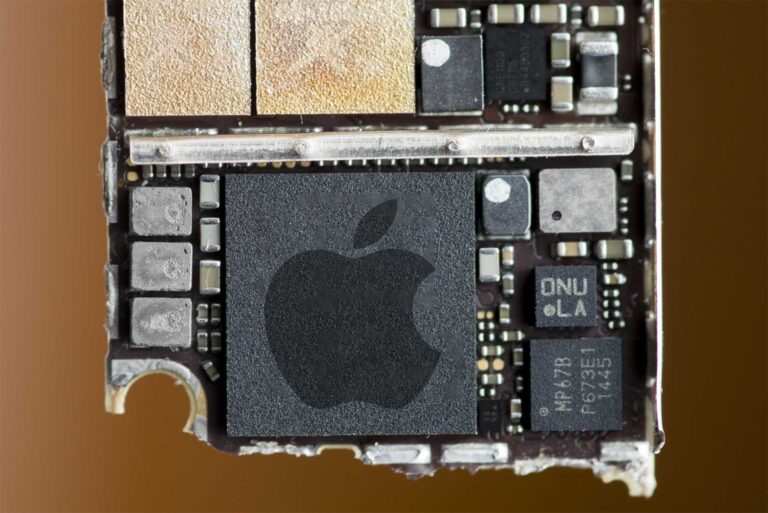Qualcomm’s 5G modems will continue to power Apple’s iPhones until March 2027, but that doesn’t mean the California-based giant is stopping development, although there are rumors that the company has abandoned the project due to persistent insurmountable problems. As Apple continues to develop its custom solution, reports suggest that employees have admitted that customers don’t care which iPhones have which 5G modems, but there may be other reasons why the company is so adamant about mass-producing the chips.
Cutting costs and using a custom 5G modem that works with iPhones as a marketing strategy could be one of Apple’s key approaches to keep the project afloat.
While thousands of engineers have spent millions of hours developing Apple’s in-house 5G modems, the company is pouring billions of dollars into baseband chips that do little to improve the user experience. In Mark Gurman’s latest “Power On” newsletter, employees admit that the decision to create a custom solution won’t have a positive impact on iPhone sales because customers don’t care what’s running on these devices.

Instead, Apple may use this announcement as a marketing ploy to finally reveal to its audience that it is manufacturing the most crucial parts of the iPhone in-house. But there are deeper reasons for Apple to continue on this path, one of which is the exorbitant amount of money it is paying Qualcomm. The biggest drawback of partnering with a chipset manufacturer is that with no other 5G modem suppliers for Apple, Qualcomm is free to raise prices, placing an additional financial burden on the iPhone maker.
“Cost cutting is one reason for the move. The iPhone maker has long argued that it was overpaying Qualcomm for its modems. But Qualcomm says Apple has to pay it some royalties anyway (chip makers believe Apple cannot avoid infringing on its patents).”
Another reason is that Qualcomm only supplies Apple with the 5G modem, which is a separate part of the iPhone and must be kept separate from the SoC. The trillion-dollar company’s “end” goal may be to integrate the chipset, 5G modem, Wi-Fi, and Bluetooth adapter into a single package, freeing up valuable space for a more energy-efficient solution. Unfortunately, given the myriad of issues Apple faces in developing its 5G modem, including performance and overheating problems, it will likely take years for the company to develop a package that can house all the aforementioned components.
Also, Apple’s announcement of its first in-house 5G modem won’t suddenly abandon Qualcomm, but will likely proceed in stages, meaning it will be a few years before the two companies officially dissolve their partnership, but Qualcomm probably expected this to happen and will likely reverse course.


